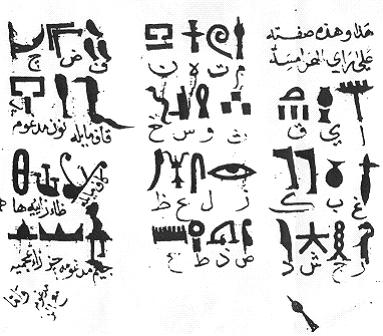

The demonstration that Medieval people from Muslim Civilisation were interested in, had knowledge of and attempted to interpret the culture of Ancient Egypt: To show the relevance of these materials to the study of Ancient…
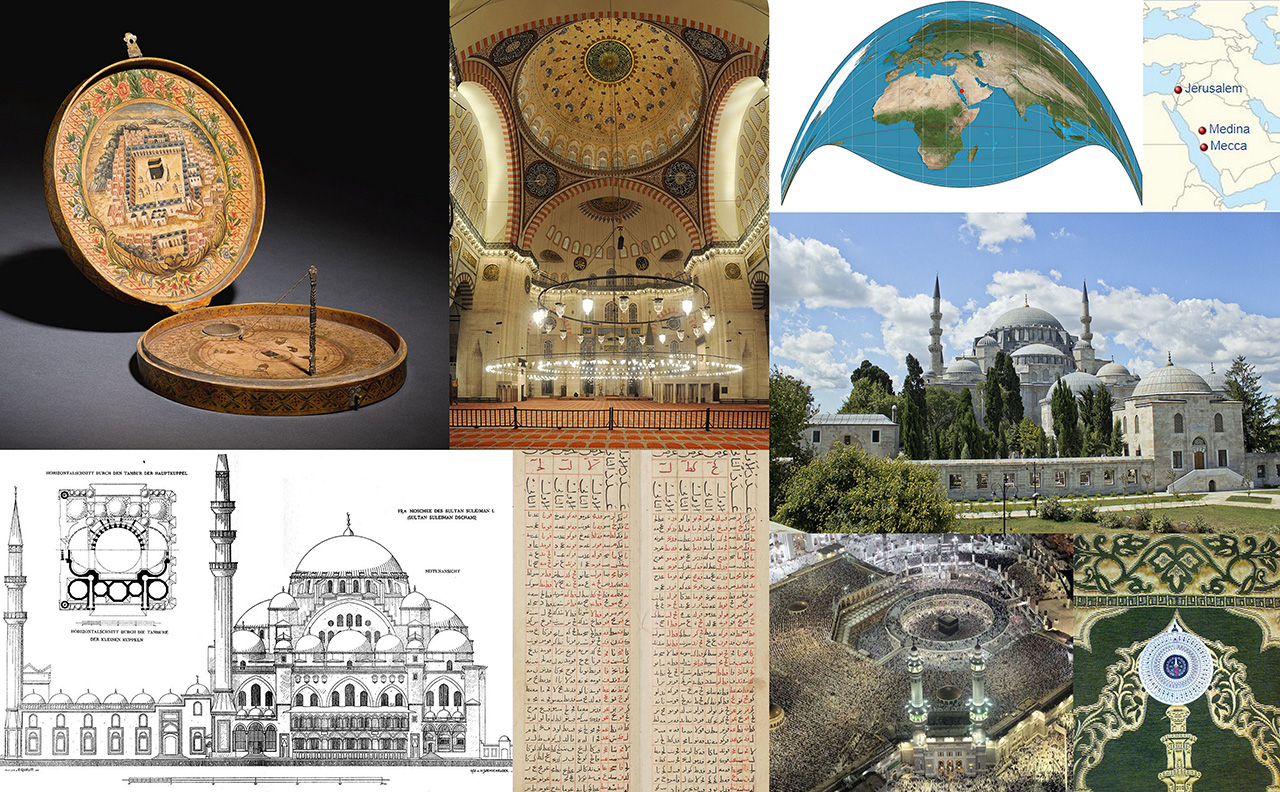

A. J. Deus has got it all hopelessly wrong: A critique of A. J. Deus, “Monuments of Jihad – The thought process of determining qibla orientations by Turks”, and “Raw Analysis Turkish Mosque Orientations ‘Monuments…


This article presents a historical analysis of the various constructions built on the ancient overland Hajj route from Iraq to Makkah and the role of Lady Zubayda with especial reference to her Makkah water projects.


Since the Quran said every able-bodied person should make a pilgrimage, or hajj, to Mecca at least once in their lifetime, thousands travelled from the farthest reaches of the Islamic empire to Mecca, beginning in…


The Great Seljuk state was part of the medieval Islamic civilization. Most of its scientific institutions and educational traditions were inherited from previous and contemporary Muslim and Turkish states. In this well documented article, the…


A survey of the historical sources with an appendix on some recent fallacies about mosque orientations


“Bayt al-Hikma of Baghdad as a Model of an Academy of Sciences” from Dirasat, Human and Social Sciences, Volume 44, No. 3, 2017: This study aims to introduce academy-type institutions of the pre-Islamic era. To…


Watch this space - will be updated


Bayruni conducted advanced research and wrote original standard works in different areas of knowledge - such as mathematics, astronomy, astrology, physics, pharmacology, cosmology, mineralogy, geography, history, chronology and cultural anthropology...


When a sixteenth-century medical writer referred to Phoenicians, alongside Arabs, as exceptionally important medical sources, he was probably referring to the Muslim and Jewish doctors of Qayrawan, who were writing in Arabic in the tenth…
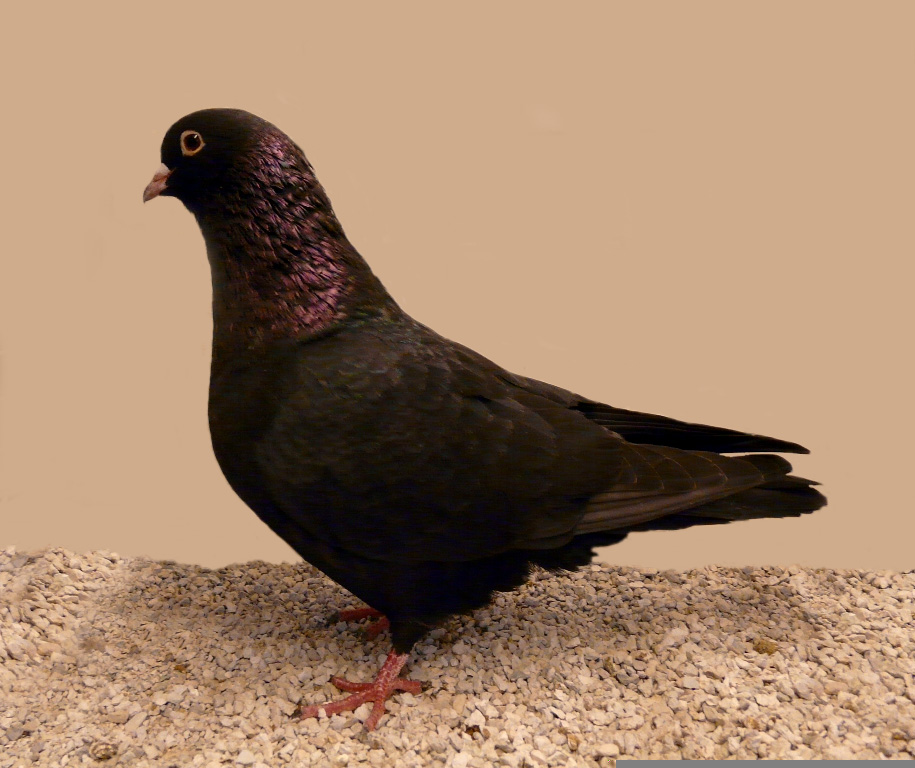

Few creatures from the animal kingdom can live alongside humans in urban habitats. One of these survivalists are birds. There was a time when birds were simply welcomed and not worshipped not treated badly. You…


From Bangladesh to Pakistan, Kyrgyzstan to Nigeria, Senegal to Turkey, it is not particularly rare in our own times for women in Muslim-majority countries to be appointed and elected to high offices—including heads of state.…


Various medieval Arabic manuscripts preserved in libraries around the world – Leipzig, Cairo, Princeton, and not least Jerusalem


West African Muslim scholars produced a number of Arabic works relating to medicine, philosophy, economic studies, political thought, geography, architecture, town planning and public administration...
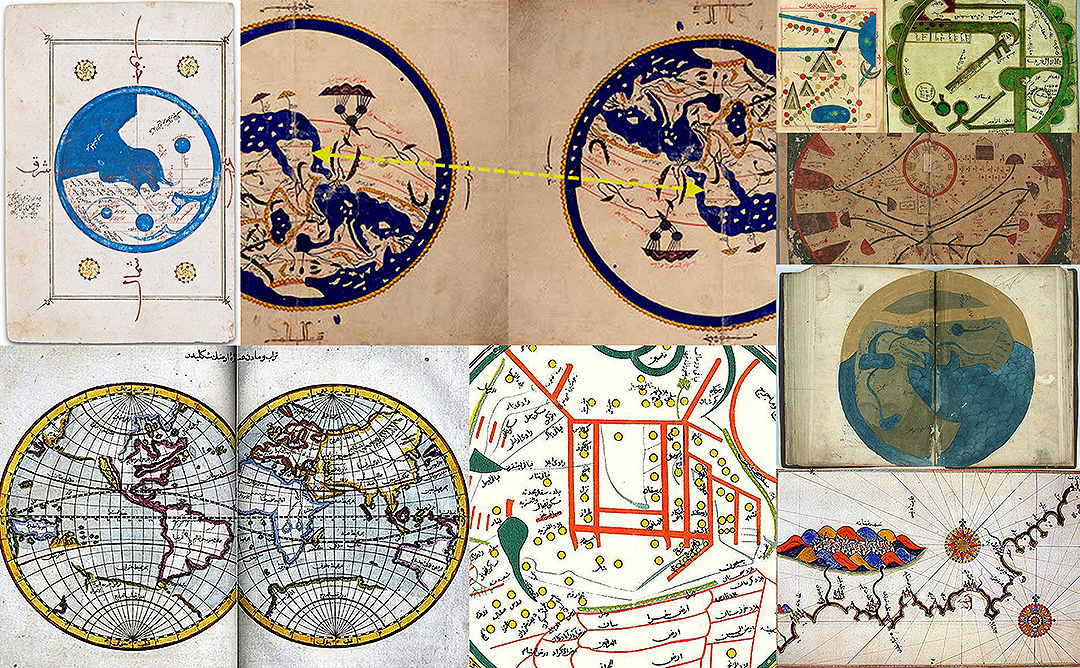

Great scholars from Muslim Civilisation, indeed, turned the world upside down with their maps; not just metaphorically but world maps once were literally upside down (with south dipicted at the top).
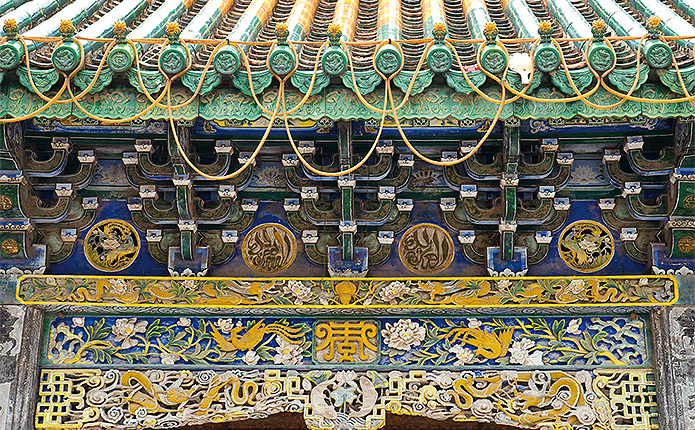

In a country known for large numbers, it was a modest, round number that grabbed our attention: 100. That is the approximate number of mosques built before 1700 that are estimated to remain throughout central…


[Ibn Khordadbeh] grew up to be a knowledgeable scholar, and during the reign of Caliph al-Mu`tamid (256-279 A.11/870-892) he was appointed as Director of Post and Information in the province of Jibal...
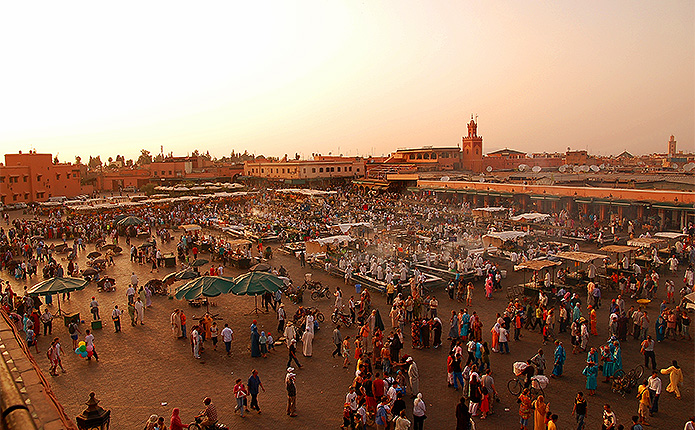

It is highly crucial to begin this article by the following point which not many people are aware of, but is perhaps one of the most decisive moments in Muslim history: the role played by…


Genetic and paleontological findings have concluded that Africa is the birthplace of the entire human race. Africa is often thought of as a continent rich in natural beauty and culture. However, little is known or…


A chronology on "Science from the East - Techniques from the West: Turkey's 700-year long venture" is compiled by Professor Dr. Feza Günergun, Department of the History of Science, Istanbul University. People sought knowledge for…
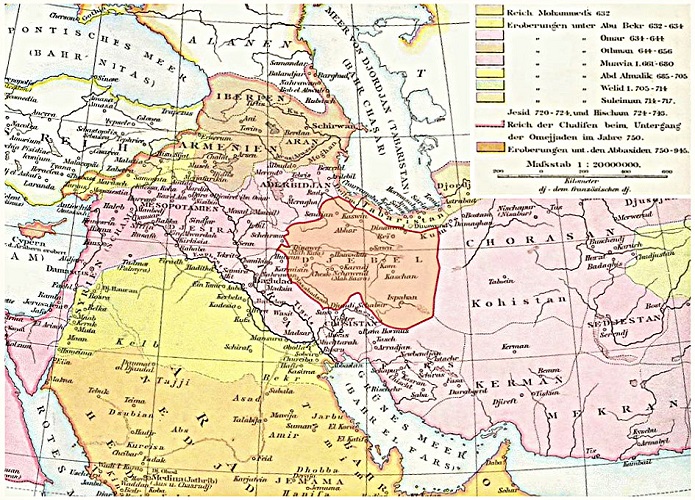

Rayy was a city in the old Persian region of Media, during the Islamic times in the province of Djibal...
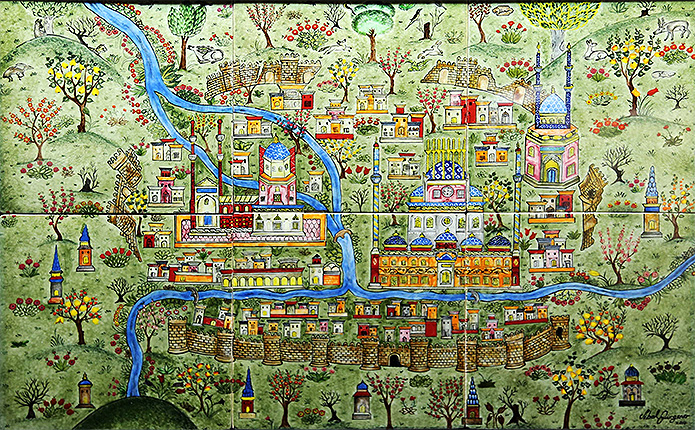

Throughout history, trade routes played a central role in the transfer of goods and exchange of ideas between different parts of the world. The historic Silk Roads, which were a network of trade routes across…


Nana Asma’u sits in the pantheon, of the great educators of Africa. Taught by female scholars – such as Aisha - in her family, as well as by her more well known father (Usman dan…


Our third story is that of Shajarat al-Durr, the first woman to sit upon an Egyptian throne since Cleopatra, nearly 1,300 years before.


The heyday of Baghdad was 1,200 years ago when it was the thriving capital of the Muslim world. It was home to the House of Wisdom, an academy of knowledge that attracted brains from far…


Popularly referred to as Razia Sultana, this is the story of Radiyya bint Iltutmish written by Tom Verde. Born in 1205, Budaun, Radiyya bint Iltutmish, also known as Raziya al-Din, was the first female ruler…


The main purpose of this monograph is to review some of the contributions made by ophthalmologists from Muslim civilisation between the 9th century CE (early 3rd century AH) and the late 14th century CE (middle…


MOHA is organizing, an international symposium called: ‘Mediterranean Continuities: Material and spiritual paths’, which will take place on 15 – 16 April 2016 in Kavala, Northern Greece.
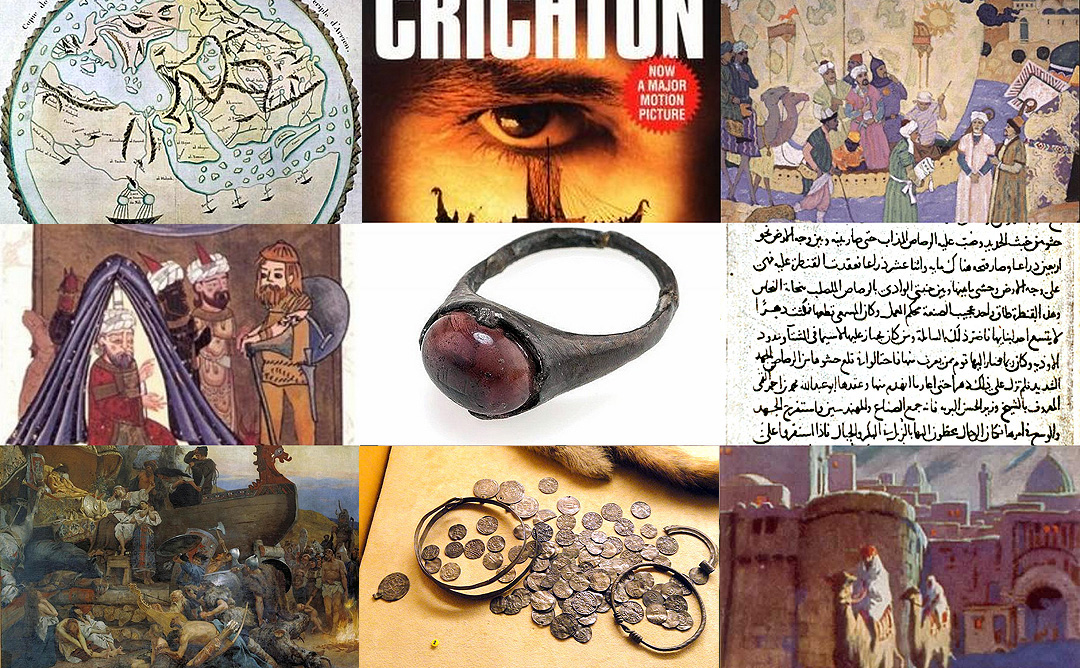

Dating back to March 2015, news regarding the discovery of a ring found on a Viking woman in an ancient burial ground with the inscription 'For/To Allah' erupted in mainstream media. The mystery surrounding how…


In this article, Natty Mark Samuels explores the life and contributions of 19th Century Abdul Aziz al-Amawi. Abd al Aziz al-Amawi originated from Barawa, Somalia and his subjects of expertise included theology, law, Sufism, grammar,…
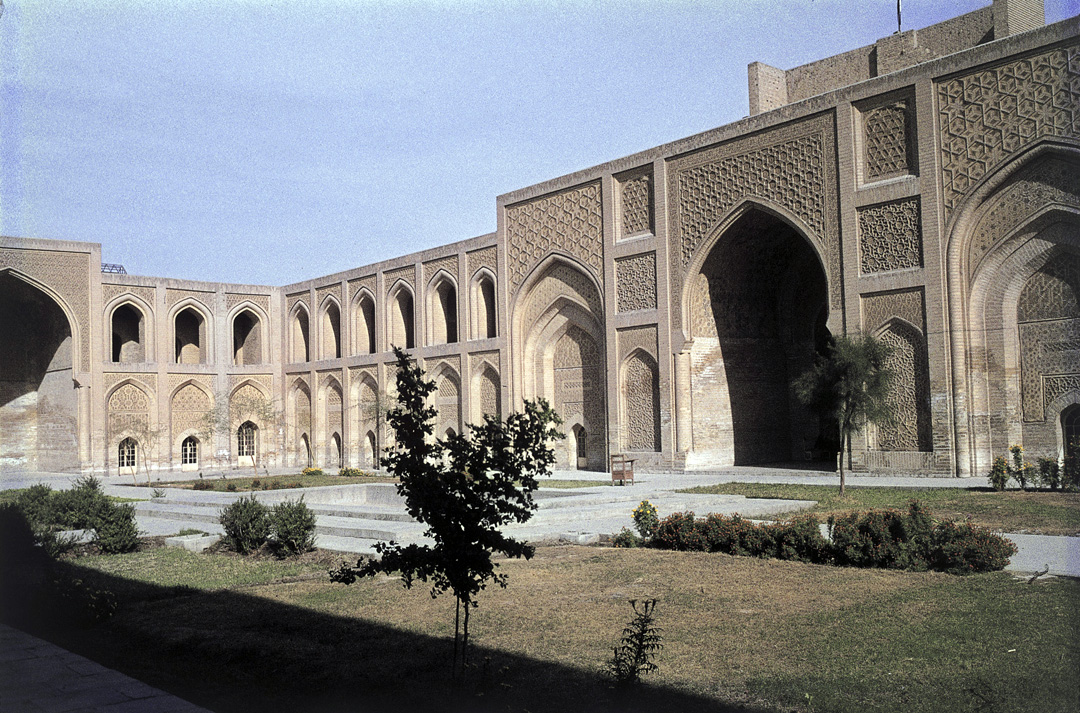

Baghdad schools are a challenging topic, involving several different facets of history. These include cartography to identify the location of each school, biographical studies to identify their teachers, preachers, jurists and administrators, along with their…
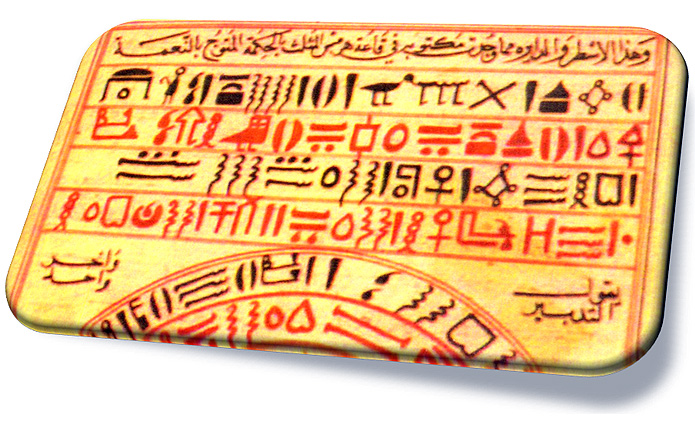

In this paper, I would like to discuss the missing millennium of Medieval Arabic sources in the study of Egyptology. Much of the arguments that I present here are detailed in my book. These include:…


The Lighthouse of Alexandria is one of the wonders of the Ancient World. It was still a great tourist attraction well into the medieval period, and was visited by many travellers to the city that…
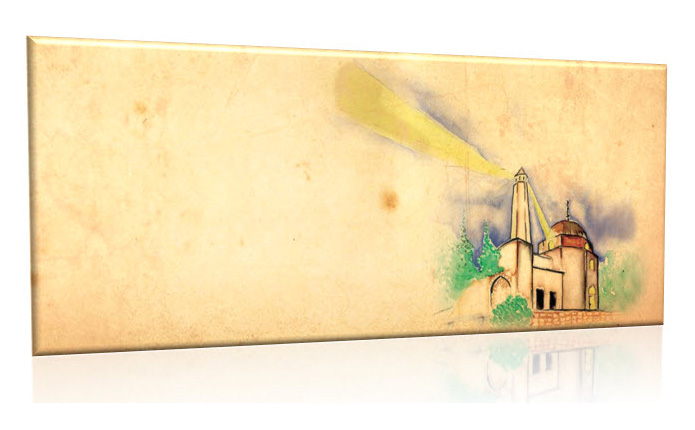

This year has been chosen as "International Year of Light (IYL2015)" by UNESCO, what a perfect time to remember these words: “If the first light of the new year doesn’t shine upon my mentor, then…


In order to popularise the diverse history of science. The Jordanian Society for History of Science (JORSHS) in collaboration with the Royal Jordanian Geographical Centre (RJGC) organised the Eighth International Conference of History of Science…
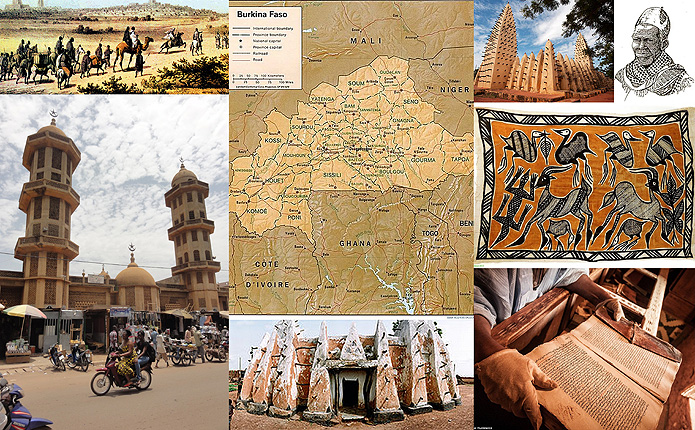

Although some contemporary historians may argue otherwise, in the past, particularly in places such as West Africa, Muslims and non-Muslims lived together in relative harmony and prosperity. The positive impact of the spread of Islam…


"Did you know the word 'turquoise' is a French word that simply means 'Turkish'?


Abu al-Abbas Ahmad ibn Ahmad al-Takruri Al-Massufi al-Timbukti, otherwise commonly known as Ahmad Baba for short, was a well-known teacher, professor, philosopher, Arabic grammarian and an author of over forty books and various works.


Amazing snapshots from Khiva (formally known as Khawarizm) in Uzbekistan. The birth place of the famous mathematician Al-Khawarizmi (780 – 850 CE). A prosperous centre of learning during the Golden Age of Muslim Civilisation. (Source…


[Note of the editor] This article was published in 2003 as: David A. King, "The renaissance of astronomy in Baghdad in the ninth and tenth centuries: A list of publications, mainly from the last 50…


During Ottoman rule, Sarajevo was heralded as the “European Jerusalem”, as its invaluable contributions to civil engineering, industry, trade and architecture attracted people from various ethnic and religious backgrounds. Aesthetic beauty alongside scientific ingenuity made,…


There are numerous mosques all around the world. Each has a design of its own. However, in order to be distinctive from other mosques, a mosque needs to be unique and possess outstanding features. One…


In which era were classification of animals, world maps, medical knowledge of the body, the invention of trebuchet and other scientific, technological and cultural advances developed? One might assume that such advances were most likely…


Mosul, in Northern Iraq, is the country's second largest city and the north's major center for trade, industry and communications. Situated in the northwestern part of the country, on the west bank of Tigris, and…


On December 7, 2011, Dr Ahmad Almansour presented a lecture at the Faculty of Policy and Management, Keio University, Japan on "1000 years of Inventions and Innovations: Discover the Muslim Heritage in our World."


Ulugh Beg was a Timurid ruler as well as an astronomer, mathematician. His primary interest was in the sciences and intellectual matters. He built an observatory at Samarkand. In his observations he discovered a number…


Al-Furqan Islamic Heritage Foundation organizes on Wednesday 6th March 2013, starting at 18.00, a lecture on Islamic manuscripts in West Africa at the seat of Al-Furqan in London.
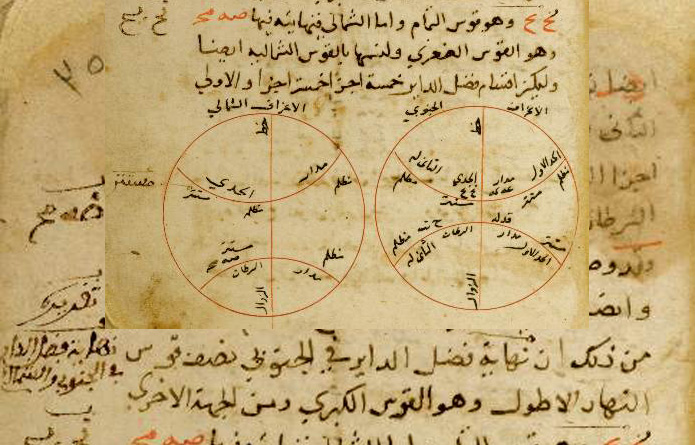

Shihab al-Din Abu al-'Abbas Ahmad Ibn al-Majdi (1359–1447 CE) was an Egyptian mathematician and astronomer. We publish this short article to celebrate the memory of his passing away in Cairo on 27/28 January 1447.


In late September 2012, Professor Salim Al-Hassani, President of FSTC, participated in The World Summit on Innovation & Entrepreneurship WSIE 2012 in Boston. The WSIE 2012 brought together the world's most riveting people to plot…
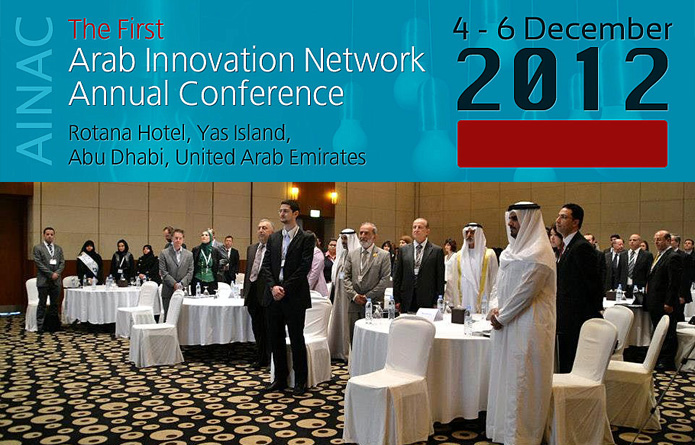

Professor Salim Al-Hassani, President of the Foundation for Science, Technology (FSTC) attended the First Arab Innovation Network Annual Conference 2012 (AINAC 2012) in early December 2012 in Abu Dhabi, UAE. Organised by Cambridge University's Arab…


For much of the millennium before the rise of Portugal and Spain, Venice flourished as the hub of Europe's trade with the lands to its east and south. The profound mutual influences that resulted have…


The creation of hospitals as institutions for the care of sick people was developed during the early Islamic era. Over time, hospitals were found in all Islamic towns. This article describes four of these medieval…


The physician, scientist and philosopher, ‘Ali b. Sahl Rabban al-Tabari was the son of Sahl Sahl Rabban al-Tabari. ‘Ali was born into an educated and intellectual Christian family. He wrote many books on philosophy, medicine…


Ali Al-Qushji was one of the most noteworthy and important scientists in the Islamic world. He wrote valuable works especially on astronomy and mathematics. He was a student and co-worker of the famous statesman and…


The Wall Street Journal, one of the world's most respected newspapers, has suggested recently that the ongoing economic crisis could be resolved in part by the charitable institution of waqf created by the Muslim civilisation…
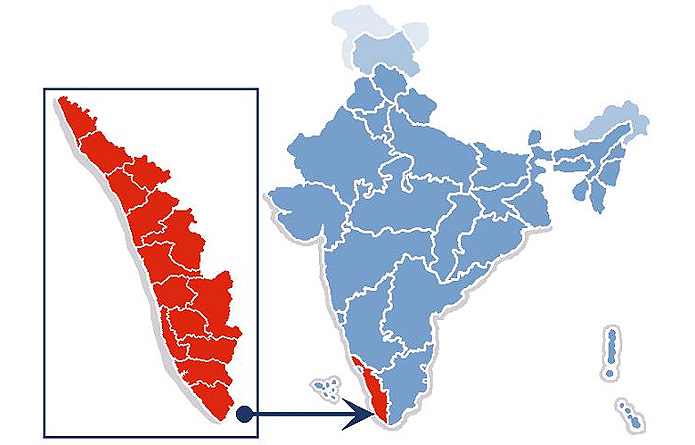

The Kerala School of astronomy and mathematics was an Indian school of mathematics and astronomy founded by Madhava of Sangamagrama in Kerala, South India, which included among its members several scientists. The school flourished in…
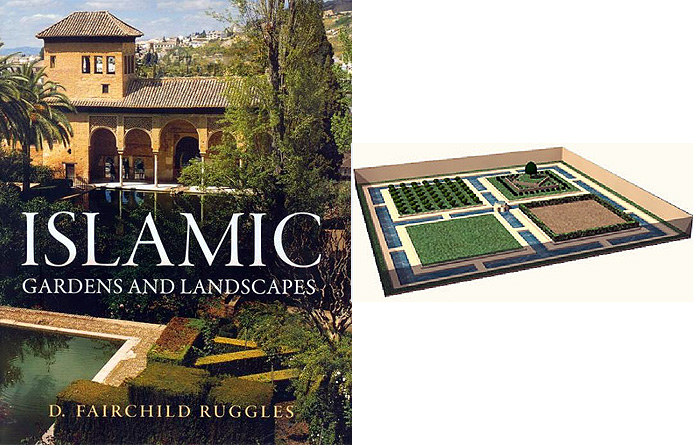

Ranging across poetry, court documents, agronomy manuals, and early garden representations and richly illustrated with pictures and site plans, Islamic Gardens and Landscapes by Dr Fairchild Ruggles is a book of impressive scope sure to…


In this article, published originally in Saudi Aramco World in 1969, focus is laid on the history of Cairo, the capital city of Egypt, founded in 969 by General Gawhar, in the name of the…


From Frankfurt and Cairo to Damascus: Recent Models of the Umayyad Mosque Clock, The Umayyad Mosque Clock, Abdel Aziz al-Jaraki, Eilhard Wiedemann, Fritz Hauser, Fuat Sezgin, Donald Hill, Ridhwan al-Sa'ati, Banu Musa, Al-Jazari, Al-Khazini, history…


In the following well documented article Dr Muhammad Abdul Jabbar Beg surveys the origins of Islamic science, with a special focus on its interaction with the previous intellectual traditions of the ancient world as well…


[Proceedings of the conference 1001 Inventions: Muslim Heritage in Our World organised by FSTC, London, 25-26 May 2010]. This presentation will reflect on the modern state of science in the Islamic-world and the potential of…


Professor Hamid M. K. Al-Naimy [Proceedings of the conference 1001 Inventions: Muslim Heritage in Our World organised by FSTC, London, 25-26 May 2010]. The aim of this paper is to introduce the status of research…


[Proceedings of the conference 1001 Inventions: Muslim Heritage in Our World organised by FSTC, London, 25-26 May 2010]. The Islamic realms served as a crucible for scientific learning from the ancient Greek world in the…


[Proceedings of the conference 1001 Inventions: Muslim Heritage in Our World organised by FSTC, London, 25-26 May 2010]. In this excellent statement addressed by HH Princess Sumaya bint El Hassan, President of El Hassan Science…


[Proceedings of the conference 1001 Inventions: Muslim Heritage in Our World organised by FSTC, London, 25-26 May 2010]. In this vibrant plea for cultural inter-appreciation in the Balkan, Sali Shahsivari outlines the role that may…


Cash endowments contributed to Ottoman society, without any cost to the State, by organizing and financing expenditures on education, health, welfare and a host of other activities. The aim of this article is to discover…
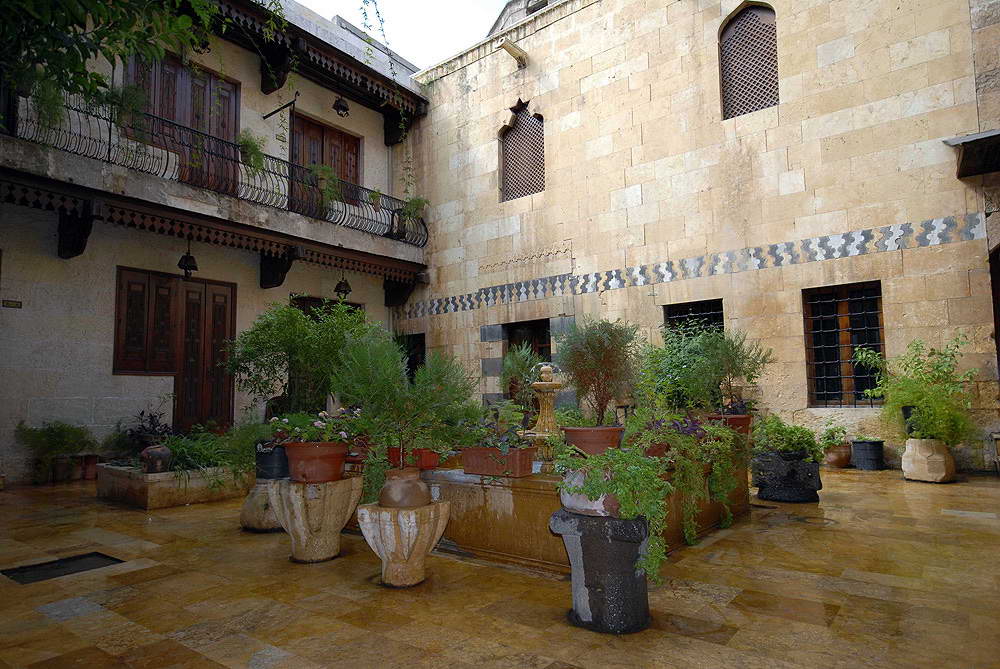

The courtyard house is one of the most enduring architectural forms, transcending regional, historical and cultural boundaries. Its balance of simple appropriate construction, environmental control and social and familial structures continues to engage architects and…


The history of the Islamic west offers glorious pages of contribution to world history in various fields. This article presents a survey on some salient aspects of the role played by Morocco in the civilisation…


Islam in China and the contribution of the Muslim community of China to Muslim heritage is the theme of this interview with Anthony Garnaut. The genesis of the Chinese Muslim community, its history and culture…


Egyptology: The Missing Millennium published by Okasha El Daly is an invaluable resource showing the extent of efforts by Muslims to study and develop knowledge inherited from prior generations. In this book, El-Daly explores the…


The book "The Dialogue of Civilizations in the Birth of Modern Science" by Arun Bala introduces a dialogical perspective on the birth of modern science and lists a great number of contributions made to the…


Gaza, this tormented part of Palestine, land of suffering and resistance, is also a land of long history. This article presents two recent attempts to recover the ancient and medieval history of Gaza: a book…


Since the middle of the 20th century, the history of Arabic mathematics evolved as a sub-field of history of science and became an area of a special expertise in which intermingled the skills of confirmed…


A notable fact that should be remembered when we talk about the different areas of knowledge in Muslim heritage—and which should be emphasised in these troubled days marked by the tragic situation in the Middle…


In this article, Professor Aydin Syili analyses the medical teaching in the different phases of Islamic civilisation, especially in the madrasa system. The network of schools covered the Islamic world from the 11th century, while…


In the following bibliography of the Islamic and Chinese scientific relationships in classical times, a list of the main recent works is produced. The researches cover various scientific domains, from mathematics and astronomy to technology,…


In this article, Anthony Garnaut, an expert of the Muslim Chinese culture, focuses on the Islamic heritage in China and its relevance to understanding both the evolution of Chinese history and culture, and to appreciating…


Halab [said Al-Muqaddasi, in 985] is an excellent, pleasant and well fortified city, the inhabitants of which are cultured and rich, and endowed with understanding. The city is populous and built of stone, standing in…


The article is about the famous Kornik Castle near Poznan, in Poland which has many features inspired by Islamic art and architecture. Outlining the reasons of this influence, Mrs Latour-Abdalla describes the many aspects of…


A splendid mosque was erected recently at Abu Dhabi. Named after the late Sheikh Zayed al-Nahyan, the Mosque was opened at the end of 2007 to emerge as one of the ten major mosques of…


The video documentary produced by the BBC in 2005 An Islamic History of Europe, by the famous TV presenter Rageh Omaar (who also covered the American invasion of Iraq), reveals the surprising hidden story of…


This article deals with the Seljuk Anatolian architecture and art. The art of the Seljuk sultans showed much interest in public buildings such as caravanserais, schools and hospitals. This architecture was based on strong religious…


Mullah Nasruddin Khodja is a wise man famous throughout the Muslim and some parts of the non-Muslim world since the 16th century. Historical documents show that he lived in the 13th century in Anatolia (today…


This is a review of a book bringing to light a collection of about 1300 Islamic scientific manuscripts on astronomy and various scientific topics in three languages (Turkish, Arabic and Persian). These manuscripts are held…


To throw light on famous figures of the Turkish modern medical school, this article introduces a set of nine posters on the contribution of eight late Ottoman and early Turkish physicians (whose careers spanned from…


1001 Inventions: Discover the Muslim Heritage in Our World launched at Thinktank, Birmingham's Museum of Science, at Millennium Point on 24th May as part of a UK-wide tour. This unique travelling exhibition revealing 1,000 years…


The Moroccan traveler Ibn Battuta is known as the greatest traveller of premodern times. He lived in the 8th century H/14th century CE. Leaving his homeland at the age of 21 to make the holy…


The following article by Abdel Aziz al-Jaraki, a scholar from Damascus, describes the context of the investigation carried on since several decades on a famous clock built by Fakhr al-Din Ridhwan al-Sa'ati at the beginning…
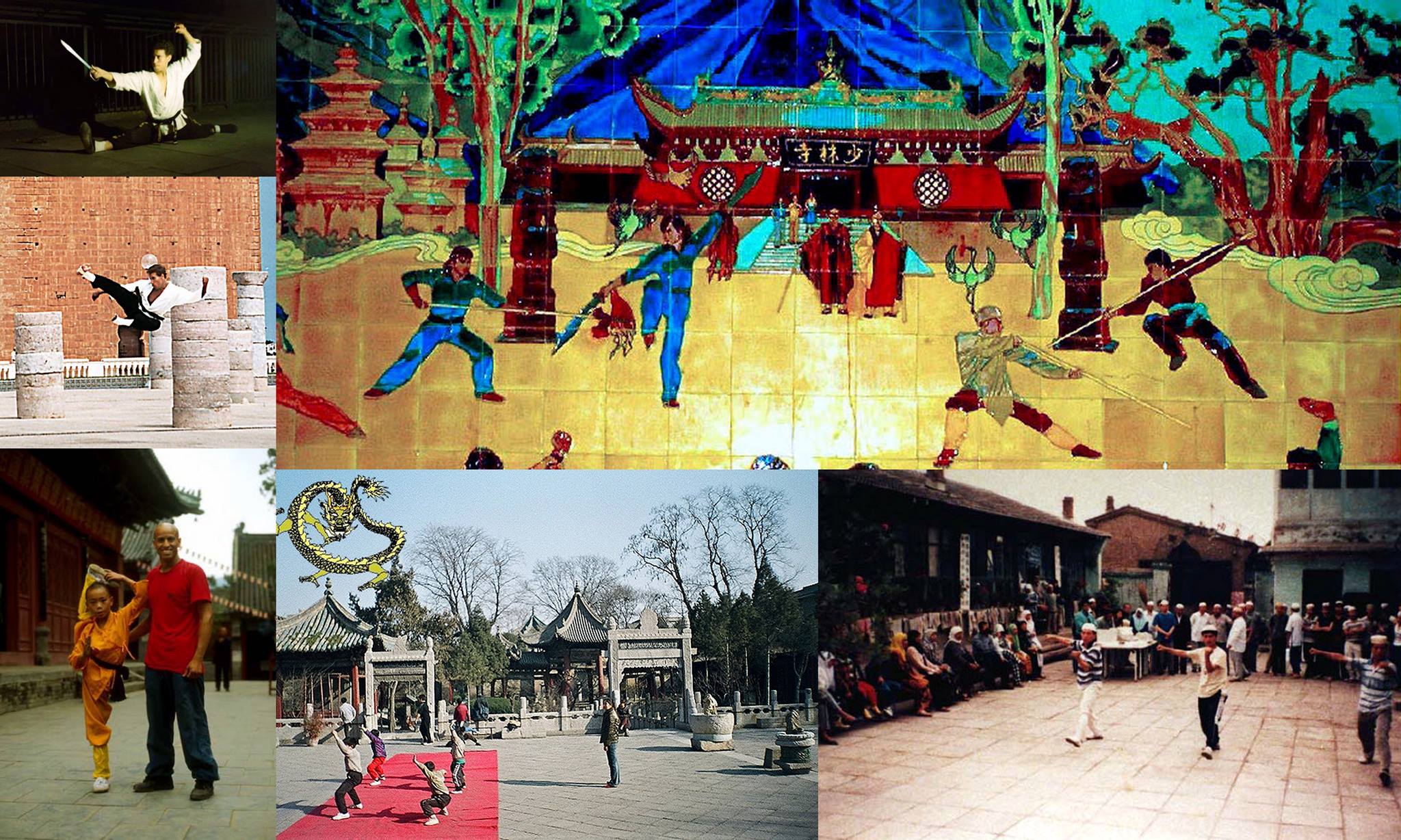

An important legacy of Islam in China is represented by Muslim Kung Fu, developed throughout history by Muslim Masters, who merged in their endeavour and training between physical and spiritual perfection. The following short survey…
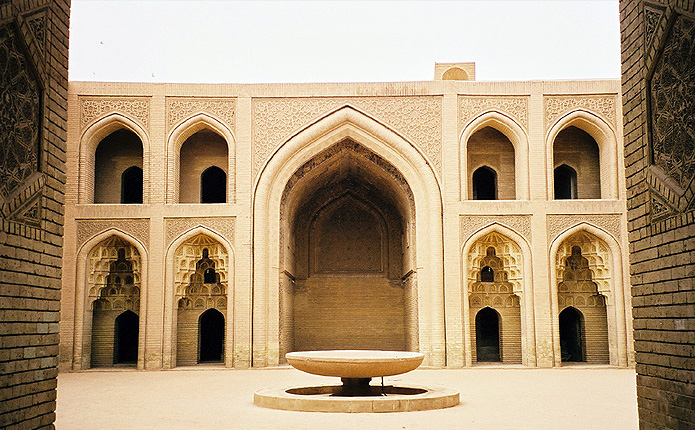

The House of Wisdom was in fame, status, scope, size, resources, patronage, etc. similar to that of the present day British Library in London or the Nationale Bibliotheque in Paris, in addition to being an…


This article discusses the emergence and origins of institutional Ottoman medical practice and learning, and provides an insight into the trade of expertise between the Ottoman provinces and further a field. It focuses on the…


This short article provides brief accounts of Ibn Fadlan's observation on Scandinavia and a people he calls the Rus. His reports have become a great source for successive historians on a range of topics from…


This article is an edited version of the article originally written by the late Professor Mohammed Hamidullah, "Muslim Discovery of America before Columbus", Journal of the Muslim Students' Association of the United States and Canada.…


The Citadel of Aleppo is one of the oldest monuments in the world. It is the most famous historic architectural site in Syria and is built on top of a huge, partially artificial mound rising…


Although the Japanese map was included for the first time in a world atlas in the 15th century, the very first map of Japan was drawn by Mahmud of Kashgar in early 11th century.


This article mainly covers the cultural encounters between Europe and the Ottomans who had become immediate neighbours on the Balkans and the Mediterranean after the Ottoman state expanded into Central Europe.


Ibn Jubair is widely recognised as one of the greatest travellers and geographers of Muslim history. From excerpts his work, The Travels of Ibn Jubair, as presented in this short article we are able to…


Mosques built in parts of the Muslim world where Arabs migrated or took control of through wars developed a distinct tradition of domes and minarets. In areas where Islam spread mostly by returning traders, traditions…


The prominence of Islam in China is fascinating and a surprise to many, with its long establishment of Muslim communities, a flourishing Islamic history, a spectacular Islamic cultural heritage and its many Mosques.
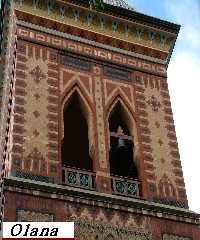

Olana is a remarkable galley of exquisite works of art collected by Fredric Edwin Church during his travels in the Muslim World. In fact, the actual design of Olana was inspired by the architecture of…


Sana'a is one of the oldest cities of Yemen, indeed one of the oldest in the World, dating back to the Sabean dynasty. Earliest references to its existance date back to the 1st Century AD…


This article describes some of the numerous Muslim contributions to the development of Spanish agriculture, including the introduction of new crops, more intensive use of irrigation, soil management, and scholarly efforts in farming innovation. Such…


Ibn Battuta is regarded by many to be one of the greatest travellers and explorers the world has ever seen. In fact, he was able to travel over 75,000 miles, in twenty years and through…


Captain Buzurg ibn Shahriyar, a shipmaster from Khuzistan compiled a collection of stories and accounts of his experiences as a sea farer between 900 and 953. As well as stretching one's imagination, Captain Bazurg's ‘The…


The landscape in the areas under Muslim control from the 7th Century changed radically. Their rich contributions are most notable within the fields of irrigation, farming techniques, encyclopeadic works in botany, and the introduction new…


Seville was also a centre Medical expertise in Islamic civilisation. Continuing the Muslim scientific tradition of critical works that advance knowledge in Medicine, many books were written here by leaders of the field.


In Seville, scholars led the science of astronomy, criticising earlier works on the basis of new observations and poetry was used to help people memorise the principles of algebra.


Though we may think of Timbuktu as the pre-eminent site of pre-colonial West African scholarship, we must remember that there were other places spanning across the Western and Central Sudan that were renowned for their…


Malaga was a great centre for agriculture and trade and was a part of Islamic Spain for nearly 800 years. Its scholars briefly looked at here included experts on trade and public regulations and arguably…


Toledo was the first major contact of Christian Europe with Islamic civilisation and it was the beginning of a transformation that would transform barbaric Europe into the leading civilisation in the world. In this short…
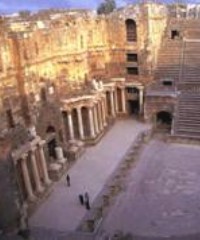

Busra was the location of a large Roman theatre which was built upon by Muslims when they arrived to provide a vital fort in defence against the Crusaders. Here is an examination of that fort…


The city of Baghdad was founded under the second Abbasid caliph Al-Mansur (ruled 754-775). After a lengthy research along the course of the Tigris as far north as Mosul, he decided to construct a palace…


Iran has made great contributions to Muslim architecture culminating in the introduction of the cylindrical minaret form and the four-iwan plan. The most momentous work that survives in Iran is the Masjid-i-Jami at Isfahan.


The scholarship within Cairo was one which flourished with great vibrancy. The schoalrs contributed to the fields of mathematics, science, astronomy, philosophy, medicine and numerous other areas which are notable and worthy of study.


Al Hakim Mosque is the second major Fatimid Mosque and the fourth most important religious edifice in Egypt. The articles provides an elaborate account of the Fatimids contribution to its rich architectural design.


Msatta is a renowned Ummayad palace with spectacular architectural and artistic details that continues to attract many. The decorative aspects of the Palace are of immense detail and splendour and thus has become an important…
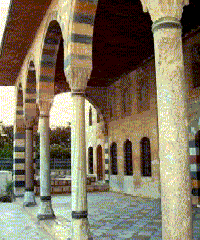

Scholars of Damascus specialised in numerous fields including medicine, economics and astronomy. Their vast knowledge, discoveries and developments in their fields contributed to the advancement of Damascus.


The works of three prominent scholars are highlighted: Al- Farabi who was keenly interested in the relation between logic and language, Al-Qifti's vast scholarship, ranging from lexicography to medicine and finally al-Adim's historical works are…
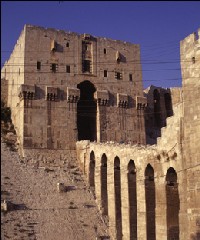

The article describes the works of the following scholars: Al Mahassin: an eminent writer in the field of eye surgery, Al Urdi: the first astronomer associated with Maragha, Al-Lubudi: a physician, mathematician, astronomer and philosopher…
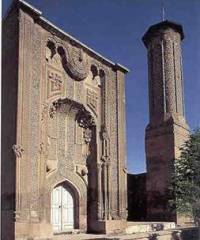

Ince Minare Madrasa is one of the most impressive structures introduced by the Seljuks to endorse the central plan scheme that was to dominate much of their late architecture and that of their Ottoman successors.


Merv is the city which in medieval times dominated the province of Khurasan in today's Turkmenistan.


Samarkand contributed in particular to the progress of science in astronomy through its observatory. Some of its directors and their achievements are highlighted here.


Harran is a very old town situated in the Jazira province of modern Turkey near the sources of the Balkh River. Badly effected by the Crusades, it nevertheless had its production of scientists that are…
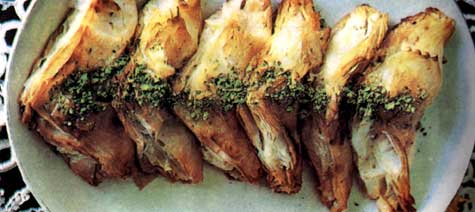

This historical masterpiece on Arab/Islamic cooking by Kammaluddin Ibn Al-Adeem a famous historian, religious scholar, poet and calligrapher was written at the end of the 12th Century, and shows the rich culinary culture of Muslims…


Being the home of the encyclopaedic scholar Al-kindi and the great chemist Jabir Ibn Hayan, Kufa had a key role in the history of science.


Khwarizm is the city of the birth of algebra, where Al-Biruni corrected and refined the sciences of the past and thought of the earth spinning on its axis many centuries before Copernicus.


About 100 miles south-west of Baghdad is Ukhaidar palace, one of the most preserved palaces of the Muslim world. It is unique in its architectural wealth and incorporated some of the key innovations that greatly…


Bukhara, a city in central Asia has a history indicative of a number of eastern Islamic cities. It produced important scholars, most famously Ibn Sina and the compiler of the most quoted source of sayings…


Being the first mosque to be build after the independence of Jaunpur from the Islamic caliphate in India, the Atala Mosque was given royal treatment setting up a new monumentality to the traditional jami'.


Basra became like many places in the Muslim world a centre for knowledge and commerce. Originally set up on the orders of the Caliph as a military camp, the town had good fortunes but suffered…


The earliest maps made of America by Columbus have all since been lost. However, a number of very early and accurate maps exist which were made by Piri Reis based on material including the maps…


Of the many splendours of Egypt, the Al-Azhar stands as a landmark in its architectural and cultural history, marking the beginning of the Fatimid rule and the foundation of its capital Cairo (Al-Qahira, "The Victorious").
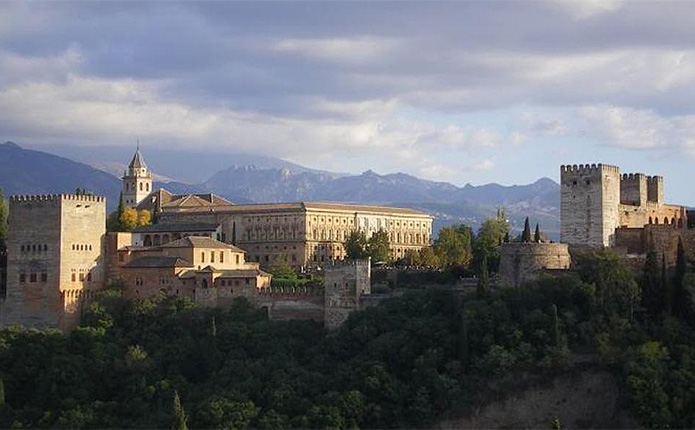

Granada on the southern coast of Spain was to stay in Muslim hands until 1492. Its fall came centuries after other Muslim areas fell to the Christians. This article highlights some of the important legacies…


When the Normans took control of Sicily from the Muslims, they recognised the achievements of Muslims and Muslims together with their institutions continued to have a core role for centuries despite consternation elsewhere.


Sicily under Islamic rule brought people from all over the mediteranean in a rich diverse and enlightened community including a far reaching freedom of religion.


The Bosniac Muslims played a crucial role integrated in the Austro-Hungarian empire and Muslims and Islam continues to have great recognition in Austria.


"The whole together appears like a most perfect pearl on an azure ground. The effect is such as, I confess, I never experienced from any work of art. The fine materials, the beautiful forms, and…
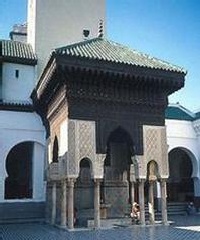

For well over twelve hundred years Al-Qarawiyyin has been one of the leading spiritual and educational centres of the Muslim World, a typical institution, of many, underlining how learning constituted the heart of the religion…


The date of the foundation of Fes is from the early 9th century. Fes soon after received an influx of diverse origins, Berbers, Jews, Arabs, including also Spanish Muslims from Cordoba. A strong scientific tradition…


Most certainly the first English scientist ever was Adelard of Bath. He championed Islamic learning and was the most `Arabist' of all scientists. He and Daniel of Morley were instrumental in the transfer of scientific…


Bejaia - a small town on the north coast of Algeria, was once a trading hub of the Mediteranian trading extensively with many places including Pisa. Through this town, a great deal of Mathematics was…
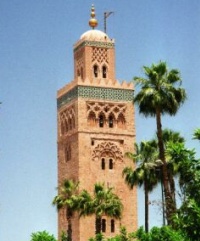

Marrakech became, due to the ambitions and sponsorship of its rulers, the centre of attraction for numerous scholars including Ibn Rushd who served as the Chief Physician and where he pursued many works in science.…
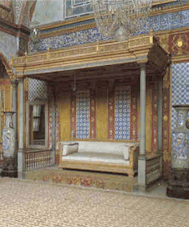

Construction of a palace to accommodate the Ottoman administration and royal household began in 1459, lasting most of the reign of Sultan Mehmed II. The palace included gardens reflecting the Muslim traditional love of nature…


Commissioned by Sultan Ahmed (1606-1617), the mosque was built by Mehmet Agha who is said to have toured key Ottoman monuments before he drew the plan of the blue mosque. This can be affirmed by…


The Madrassa was one of the main venues of education in the Muslim World under the Ottoman Caliphate until 1924 when Ataturks' law abolished it in favour of modern schools and universities. In planning terms…
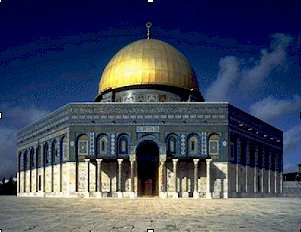

The Umayyad architectural splendour is experienced in both religious and domestic buildings. At the core of their religious heritage we find the Dome of the Rock, the architectural jewel of Islam and Damascus Mosque, its…


Tunis, the green, was the capital of Muslim Caliphate in the Maghreb reaching an unrivalled prosperous period of economic, cultural and social growth. Below is a summary of how this once great city was planned…


This paper seeks to remind readers of the contribution of Islam to the civilisation of the peoples of North Africa by looking at its influence on the urbanisation of the region. The aim is to…
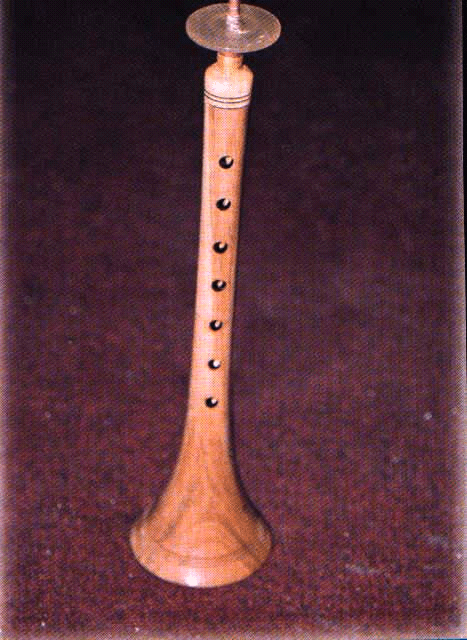

The Arabs were the first to give Europe a scientific description of musical instruments. Looking back into history we can give a descriptive influence of the Muslim scheme of phonetic notation and instrumental tablature which…
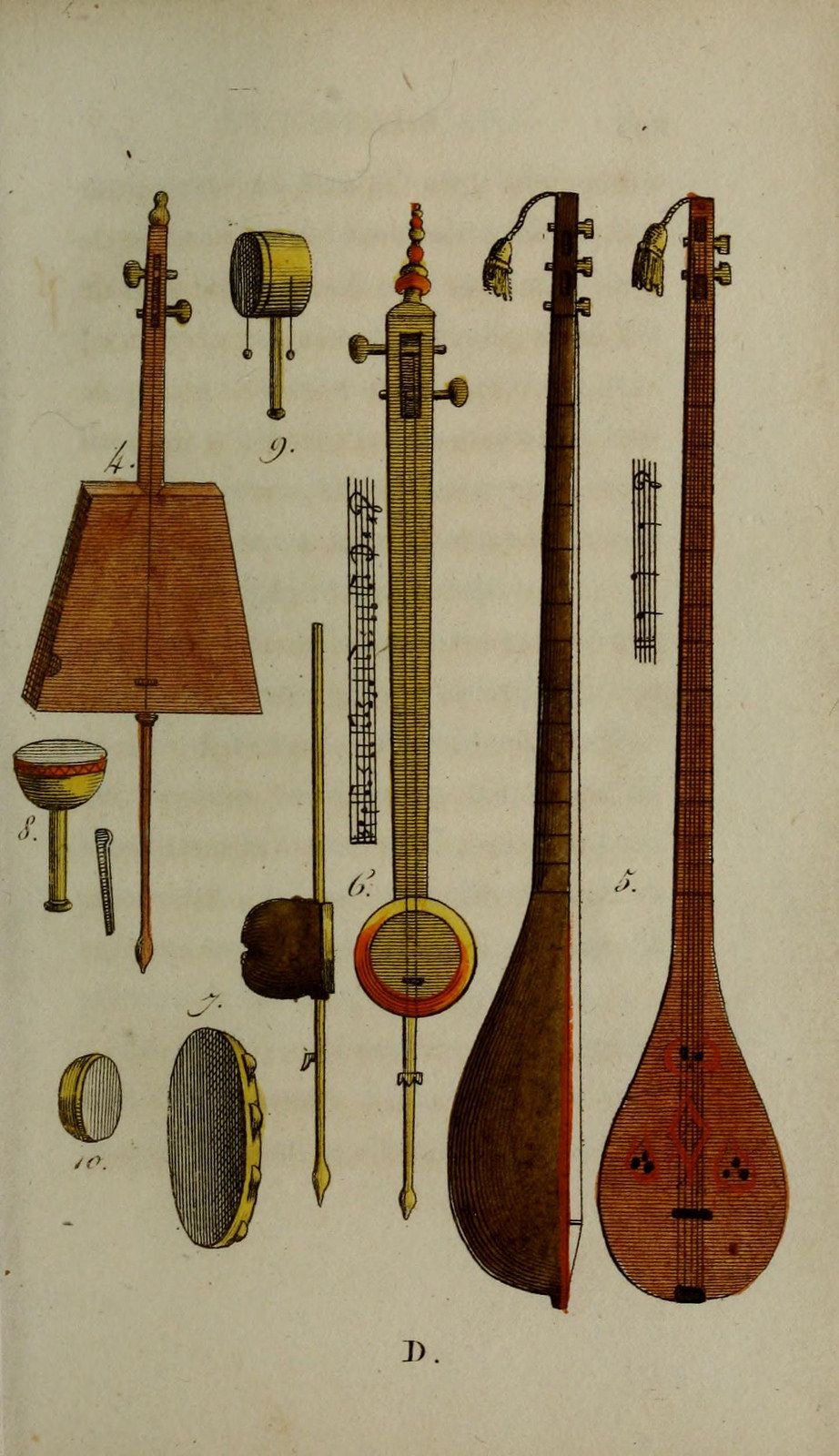

An insight into the influence of Muslims on the musical revival of Europe which can be detected as early as the period of the Carolingian Empire.


Muslims ruled in Spain and Portugal over a period of 800 years. When the Christians finally forced out the Muslims and instituted the inquisition they encountered some of the great achievements of Islamic science and…


Christopher Wren's respect for Muslim architecture is displayed in his adoption of numerous Muslim architectural solutions within his designs. In his greatest ever project, the Cathedral of St. Paul, London, the Muslim influence can be…
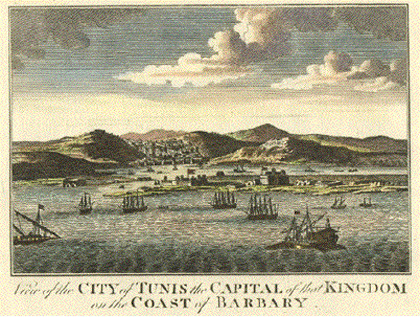

Tunis was rebuilt under the Roman Emperor Augustus in the first century AD, but without the importance of Carthage. The Muslims re-fortified it in 720 AD, and built the Zaytouna Mosque.


Abul-Hasan Alí Ibn Nafí, nicknamed Ziryab, was Chief Entertainer of the Court of Cordoba in 822AD. He revolutionised medieval music, lifestyle, fashion, hairstyles, furniture and even tableware. He transformed the way people ate, socialised, and…


Sankore's achievement in higher education is important to Islamic Civilisation even though it is less known in comparison to Al-Azhar, Al-Qayrawan, Al-Qarawiyyin and Qurtuba Universities.


Under the Seljuk patronage the mausoleum saw considerable development. This type of building evolved from early funerary monuments which were first erected to honour the Umayyad rulers in the 8th century.
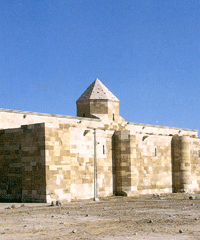

The Seljuk's developed the caravanserais or khans (Anatolia) or Ribat. These were charitable foundations providing travellers with three days of free shelter, food and entertainment (in some cases) as part of the charitable work emphasised…


The Seljuk mosques took a form of minaret which was substantially different from that of North Africa. The adoption of the cylindrical form, instead of the usual square, with tapered shafts often broken by balconies…


According to Scerrato (1980) the Iwans plans of Seljuk Mosques were mainly developed for multi-functions including, prayer, teaching, lodging of teachers and students, libraries and charitable activities like stopping stations on the road of pilgrims.


Cordoba used to be the jewel of Europe dazzling visitors from the North. With over 70 public libraries during the time of Caliph Hakam II, and 900 public baths, Scholars and booksellers flocked there and…


The Great Umayyad Mosque remains one of the great symbols of the glorious period of Muslim civilisation and its pride. It is a master piece of architectural ingenuity having a decisive influence on the maturity…
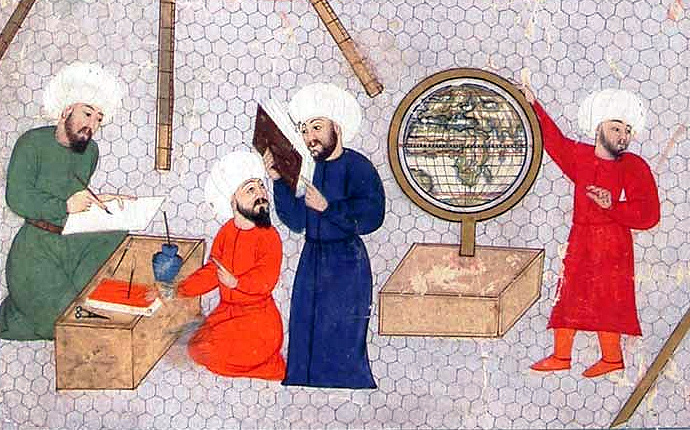

Scholars from all Christian lands rushed to translate Muslim science, and thus start the scientific awakening of Europe. Many of course were Spaniards: John of Seville, Hugh of Santalla, and those working under the patronage…


The role of Sicily in the transfer of Muslim science to the West has been well studied by Michelle Amari, but unfortunately the work, although extremely old has remained inaccessible because it is only available…


In the Ribat (defensive engineering structures) of Port Soussa one finds evidence showing the early use of ribbed vaulting by Muslims. Such a technique was not used in Europe until the 11th century, some 200…


To go through the Islamic impact on modern science and civilisation in detail demands so vast a book that nobody has written yet. Just some overall observations and points are raised here by the author.


Figs may not have had the economic importance of olives, yet they afford an excellent example of the intensification of agriculture in Islamic Spain. This was manifest in the dazzling variety of the fruit available…


Although Muslim architecture has been investigated by both Muslims and non Muslims, it still remains omitted from main stream architecture theories and much of existing works are no more than curiosities undertaken by a group…
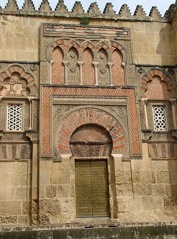

Perhaps no culture mastered the design and use of the arch more than the Muslims. Inheriting earlier arch forms from the Greeks and the Romans, Muslims developed a variety of new shapes including the horseshoe,…
Al-Zahra became renowned for its high advanced civilisation, style and protocol in addition to the extensively decorated walls, floors and ceilings of its buildings. Venue for the legendary reception of King Ordono IV of Leon,…


First in a series of articles on the Architecture of Muslim Spain and North Africa (756-1500AD). A brief historical background on the Muslim architectural achievement concentrating on important historical and architectural monuments.


The modern astronomical observatory as a research institute (as opposed to a private observation post as was the case in ancient times) is a creation of the Islamic scientific tradition. Since the early 9th century,…


It was in Muslim Toledo, Spain, where flocked in the 12th century, in particular, scholars from all Christian lands to translate Muslim science, and start the scientific awakening of Europe.


Muslim farming manuals developed ways and methods for increasing production and productivity, and maintaining soil fertility. Extensive research detailed descriptions of soils, and their requirements.


"I invite you... to go back with me 1000 years to consider the fascinating history of the old Arabian ophthalmology which I have studied in the past five years." With these words Julius Hirschberg, addressing…
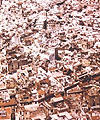

Islam is seen by many scholars as an urban religion, which favours communal practice on individual worship. Although, piety is the only source of appraisal, it is widely accepted that most of Islam's teaching is…


...leading by example, the Prophet made the first institution of Islam, the first mosque he built in Madinah, into an institution of learning.


Abu Hanifa al-Dinawari (d.895 CE), botanist, lived in Iran. His work has been made known by the German scholar, Silberberg, in a thesis, published in Breslau in 1908 which contains the descriptions of about 400…
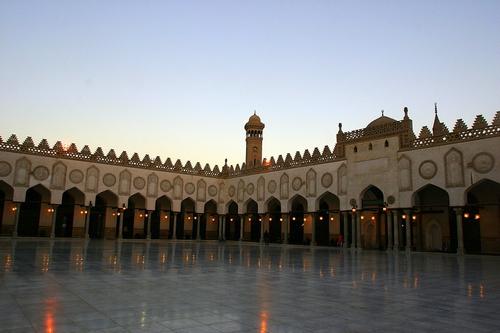

Al-Azhar Mosque in Cairo in Egypt is a fundamental Islamic monument with many dimensions. Constructed by the Caliph Al-Mu'izz li-Din Allah for the newly established capital city in 970, it was the first mosque established…